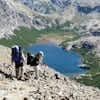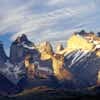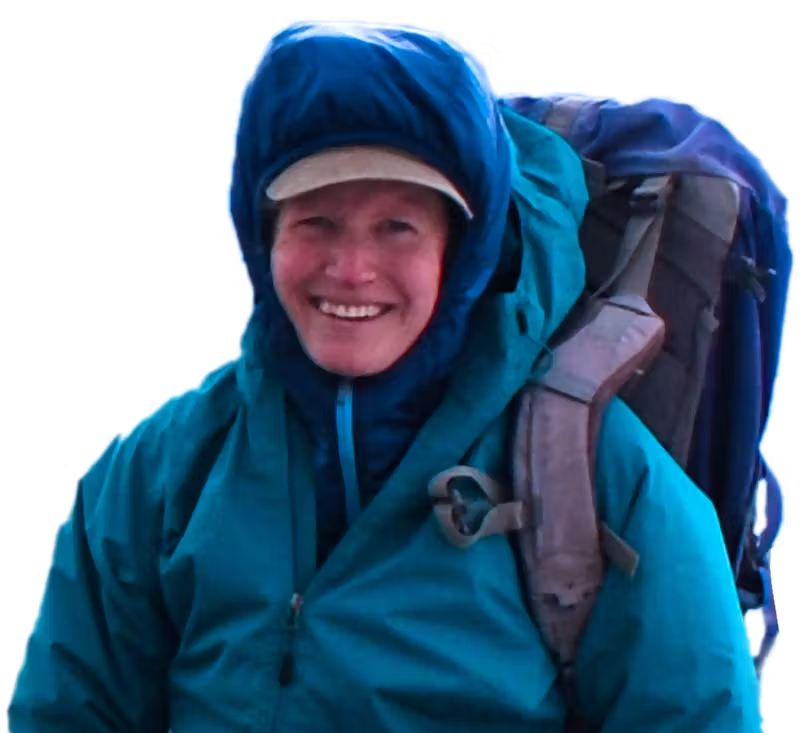Reasons to go to Lanín National Park
- Rugged landscapes of araucaria forest, high desert, bamboo thickets, rivers and lakes.
- Hiking and wild camping in the shadow of one of the most dramatic peaks in northern Argentina.
- Ice walking up Lanín Volcano for a breathtaking sunrise over the Andes.
- Learning about Mapuche culture with local guides from the communities who make up the traditional guardians of the land.
About Lanín National Park
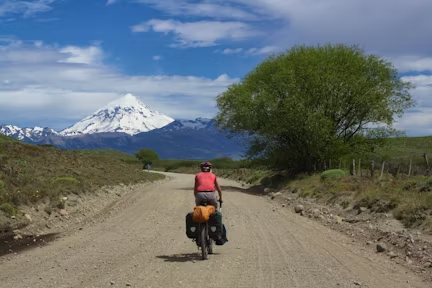
Lanín National Park marks the northernmost limits of the Argentine Lake District. In total it spans around 412,000 hectares in the province of Neuquén, with its westernmost limits formed by the spine of the Andes and the Chilean border. The park is more than 85 years old but is unique in Argentina in being the only national park co-managed by the indigenous Mapuche, whose territory the park sits in.
Two main features dominate the park. Snowy Lanín Volcano rises to 3776m (12,293 ft) and is visible almost everywhere you turn (its western approaches also make up the Villarrica National Park in Chile). The volcano is long dormant, and thought to have last erupted around 10,000 years ago. In the centre of the park is Lake Huechulafquen, with two curling fingers carved out by long-past glaciers. Lakes Quillén and Tromen lie in the north of the park.
The park's heavily crumpled landscape is rich in forests, particularly of beech trees and auracaria – known in English as the monkey puzzle tree and to the Mapuche as pehuén. These spiky pine trees coexisted with the dinosaurs and do much to give Lanín its ancient atmosphere. Above the treeline, you'll find yourself walking through high altitude grassland.
What to See & Do in Lanín National Park
Hiking
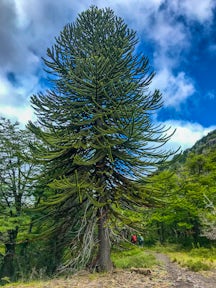
Araucaria tree in Lanín National Park
Lanín National Park is made for hiking. One of the best hikes is a three day trek that allows you to wild camp far off the beaten track, taking in the best landscapes that the park has to offer, overlooked all the while by Lanín's ever-present snowy peak. Starting from the shores of Laguna Verde, you ascent through woods and waterfalls to a high desert landscape of sand and solidified lava once thrown out by Lanín Volcano, before descending to a riverside camp in the grasslands. On subsequent days, there are opportunities for birdwatching as the hike continues through the forest, before ending at a perfect swimming beach on Lake Lolog.
Lake Huechulafquen is the trail head for many other treks, including shorter hikes from Puerto Canoa at its western end that don't require a guide. There is more fine trekking to be found around Lakes Quillén and Tromen, but you'll need your own vehicle to access the trailheads.
The park is open year-round, but snow can restrict access to many trails from May to November. In the summer, local rangers work hard to cut back the bamboo stands that perennially threaten to take over some of the hiking trails.
Climb Lanín volcano
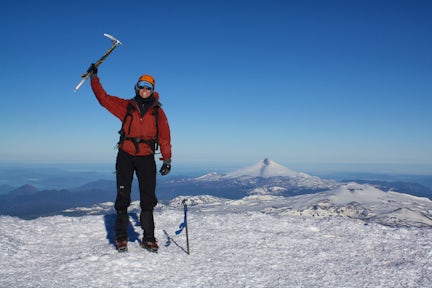
The ascent of Lanín volcano is possibly the most spectacular hike on offer in the Argentine Lake District. It's a two day hike that involves spending the night in a tented mountain camp at 2400m. A guide is compulsory as are crampons and an ice axe, though anyone in good physical shape should be able to tackle the mountain, and the first day of the hike includes plenty of time to practice ice walking.
After sleeping in the mountain camp, the final ascent typically starts before dawn, allowing you to summit in time for sunrise and then make a complete descent to reach the trailhead in mid-afternoon. The views from the peak are truly breathtaking.
You can tackle the Lanín climb between December and April.
Explore Mapuche culture
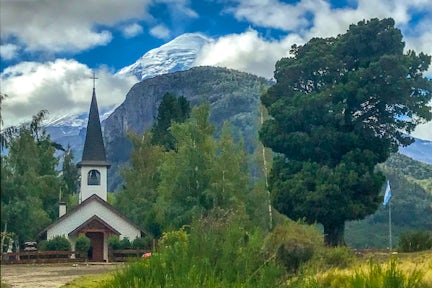
Lanín sits in the heartland of Mapuche territory, and is the only national park in Argentina that is co-managed by the indigenous communities that occupy its land. The Mapuche run the campsites that dot the shores of most of the park's lakes, provide most of the hiking guides, and receive a proportion of the park's entrance fees, allowing them to supplement their traditional herding lifestyle. The Mapuche are also the only people permitted to harvest the pine nuts of the araucaria tree, which is otherwise protected.
Guides will share traditional Mapuche knowledge of the parks and birds while hiking. In Mapuche myth, Lanín Volcano last erupted when hunters chased huemul deer on its slopes without permission from the gods, who showed their anger in fiery outbursts of lava and could only be appeased by the sacrifice of a chief's daughter, who ended the eruptions forever by being dropped into its crater by a condor. The Christianity of the Mapuche today has adopted many traditional stories, and the church in the nearby Mapuche town of Junín, reinterprets the Stations of the Cross as an allegory of Argentine colonialism.
Swoop says
How to get to Lanín National Park
Your own vehicle is required to get to Lanín National Park. Most people base themselves in San Martín de las Andes to explore the park; roads inside the park are gravel. Public transport is extremely limited, although there are several buses a day between San Martín and Junín, the main Mapuche town in the area, as well as to Lake Huechulafquen inside the park. Driving between the two towns takes around 45 minutes
Where to stay in Lanín National Park
There are a variety of Mapuche-run campsites within Lanín National Park, including at Lake Lolog, around Lake Huechulafquen and near the ranger station on the slopes of Lanín. There also are very basic refugios on Lake Huechulafquen and fishing lodges around Puerto Canoa on the lake. For something more comfortable park is easily accessible from San Martín de los Andes.
Ready to plan your Patagonia adventure?
1. Listen
We'll spend some time listening to your aspirations, then discuss the kind of experience that might suit you.
2. Match
Next we'll discuss the options, shortlist the best trips for you and present you our impartial recommendations.
3. Reserve
We'll place a 24 hour hold on your preferred option - without obligation - whilst we talk through the details.



